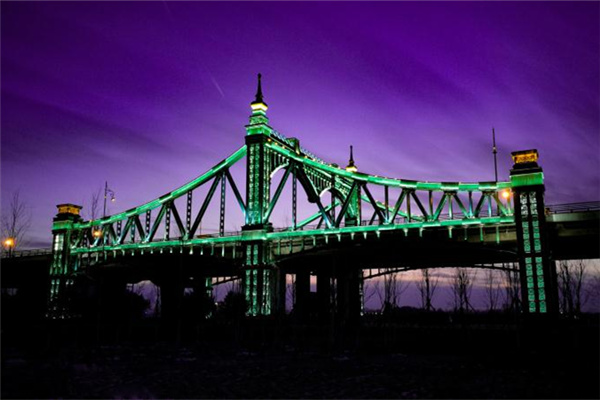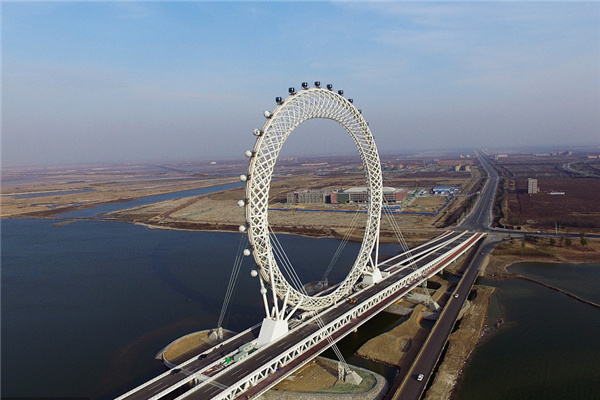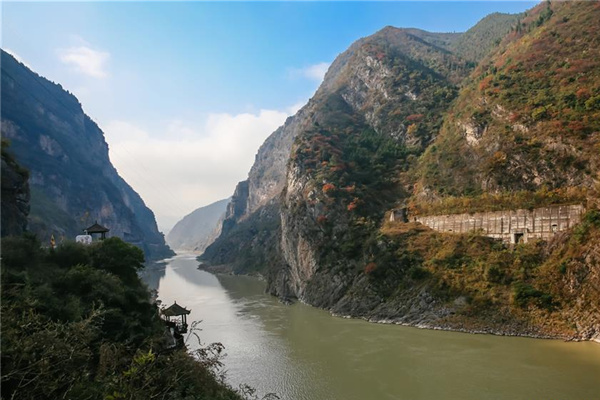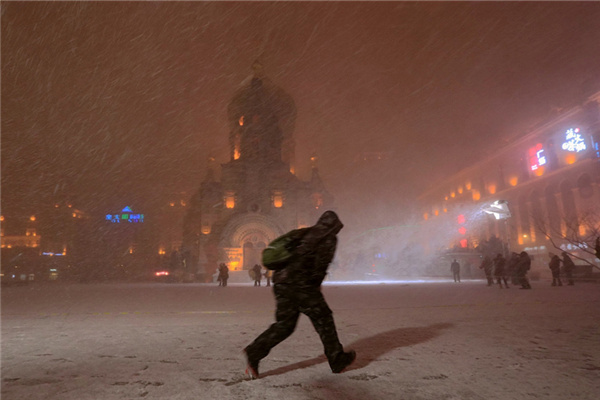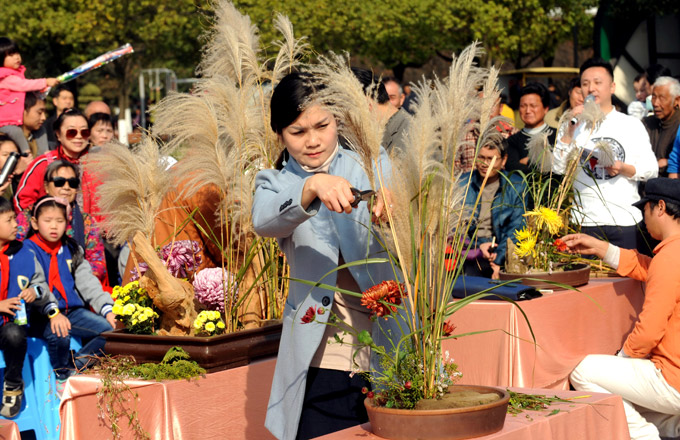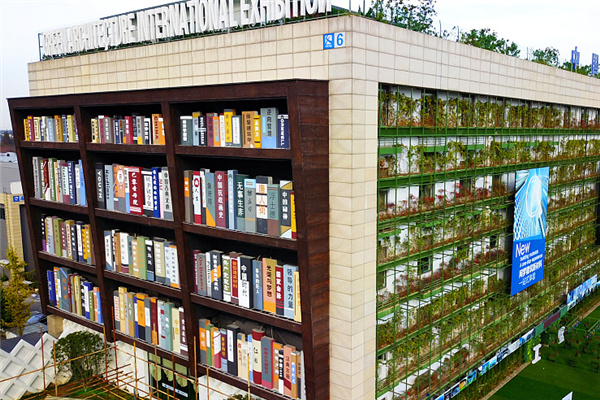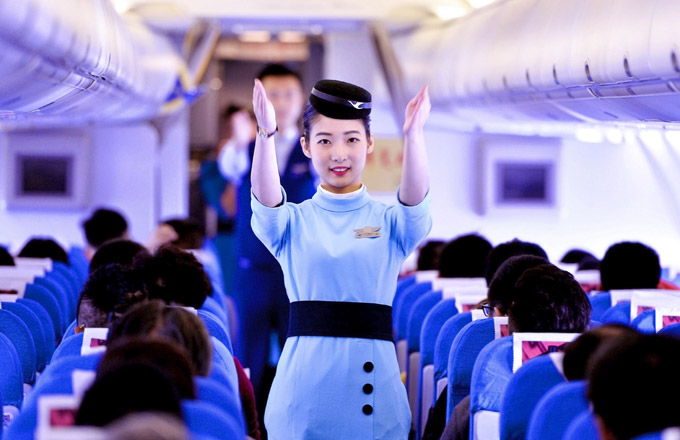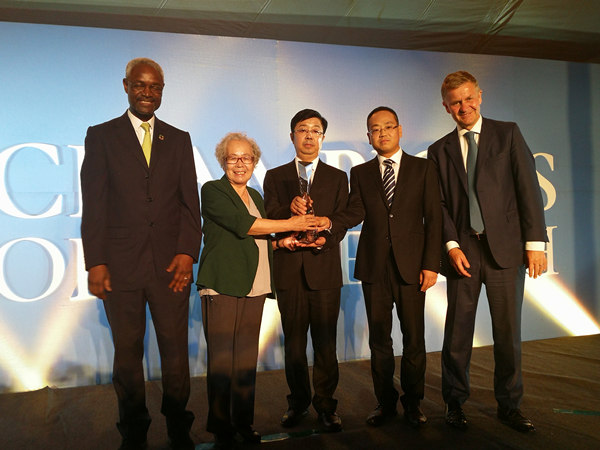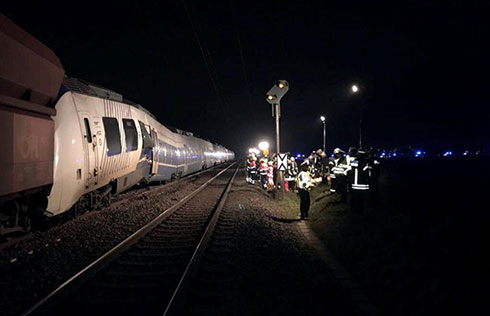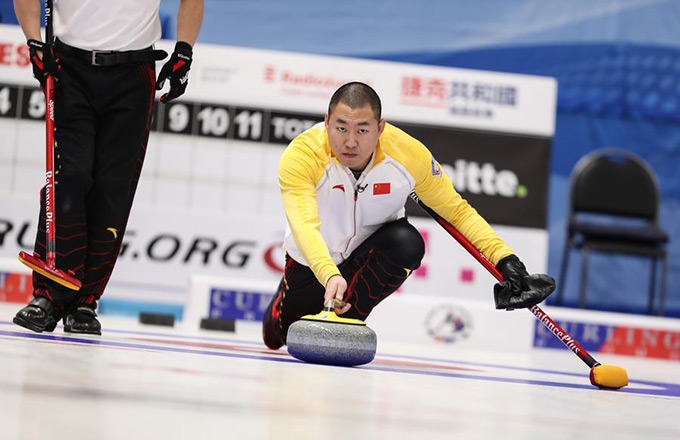

|
Suzhou Industrial Park |
Suzhou, a city once known for its exquisite silk and expansive rice paddies, has evolved into one of China's largest industrial showcases.
Key to the city's massive makeover is the success of Suzhou Industrial Park, a 13-year-old joint project between the Chinese and Singaporean governments. The model is based on the success of Singapore's Jurong Industrial Town.
The park, with about 4 percent of the Suzhou's land and population, now generates some 15 percent of the city's GDP and some 25 percent of the city's foreign trade.
Following its success, other Chinese cities, including Dalian and Tianjin, are using Singapore's assistance and know-how to build similar industrial parks while last year Vice-Premier Wu Yi urged the nation to extend the Suzhou-Singapore synthesis.
The key is adapting outside methods to conditions that are uniquely Chinese, said an official from the Suzhou Industrial Park Administrative Committee.
"No fixed 'secret prescription' introduced from foreign countries can cater to all of China," the official said. "The practice and technology have to be regulated and made adaptable to the local environment and conditions."
But the basic spirit of Singaporean administrative management "software" has been retained in Suzhou and other parks.
Singapore's vast experience in city planning, construction and economic and public administration - what the Singaporeans have dubbed "software" - are the essentials that the Suzhou park has embraced, the official said.
Advanced planning
But the infrastructure side is equally critical and for that the park long ago set up an "advanced planning" mode that anticipates needs rather than building after the demands are all too apparent.
It has invested 40 billion yuan on main infrastructures in the 80-sq-km park. "One of the successful development concepts that other industrial parks learn is 'advanced planning,'" the official said.
Today, the park's development is basically in line with the general plan set 13 years ago of providing a predictable, low-risk business environment for investors.
Investment strategies
Of course, another key factor for the park is attracting investment, the official said.
By learning from Singapore's investment concepts, Suzhou park gradually built a network-based, professional, strategic and diversified investment system.
Based on Singapore's good relationship with mainstream trade circles in the United States and Europe, it developed and implemented diversified investment promotion plans.
Second, the park built a professional investment promotion team, to attract first-class customers. The professionals are all familiar with national industrial polices, industrial development trends and international investment practices, and good at communicating with multinational companies.
Third, the investment promotions are tailored to dovetail with Suzhou park's industrial development strategies.
And based on different types of projects, specific investment promotions are encouraged, such as media investment, on-line investment and industrial chain investment.
Through these efforts, 76 of the world's top 500 enterprises have been attracted to invest in 115 projects in the park, the official said.
Staying green
Through years of development, the park has developed advanced manufacturing industries, modern service industries and hi-tech industries. In 2007, the total industrial output was 260 billion yuan, of which 60 percent was from hi-tech industries.
And despite the rapid industrial development, the park says it is doing "fairly well" when it comes to environmental protection.
"We have paid more attention to prevention rather waiting for pollution treatment," the official said.
The park has implemented green investment promotions and environmentally unsuitable projects are refused.
Suzhou park has also encouraged its investors to develop clean production methods, water recycling and energy conservation methods. In the park, the utilization efficiency ratio of the industrial water reuse and solid waste is up to 92 percent and 95 percent respectively.
Sharing success
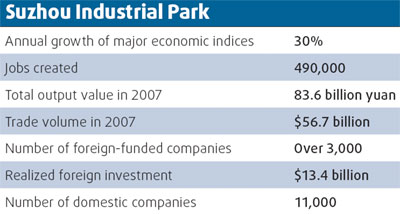
The park has started to share its successful experience within the country and abroad in recent years.
Suzhou park has also worked with Suqian city, in China's Subei region, to build the Suzhou-Suqian Industrial Park.
It is helping build similar industrial parks in Laos, Israel and India in order to share the "Sino-Singapore experience."
However, last July, Vice-Premier Wu Yi outlined ambitious new goals for the park at the Ninth China-Singapore Joint Steering Council Meeting - to be a showcase for "four demonstration zones."
They are: an ecological zone to demonstrate ways to conserve resources and protect the environment; a technology zone with a cluster of R&D facilities and hi-tech industries; a state-of-the-art logistics operation center, and an outsourcing business zone devoted to luring offshore businesses from multinational corporations.
(China Daily 03/03/2008 page10)
